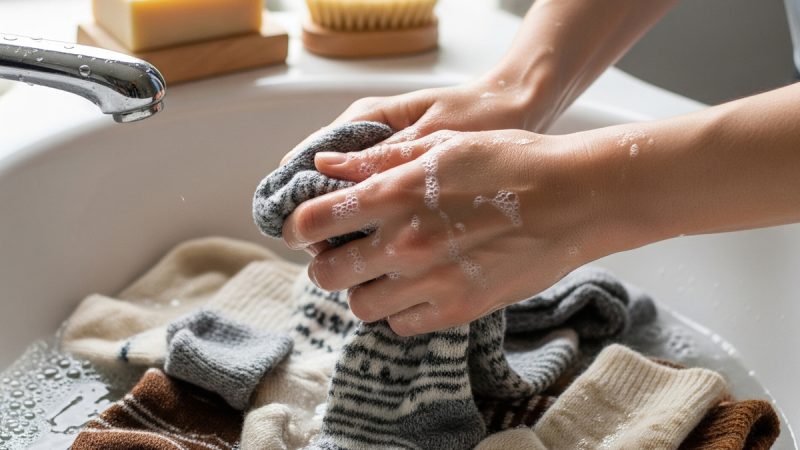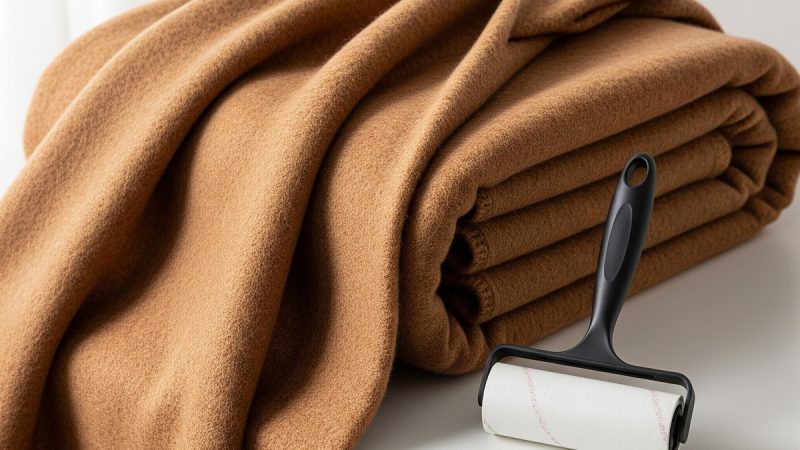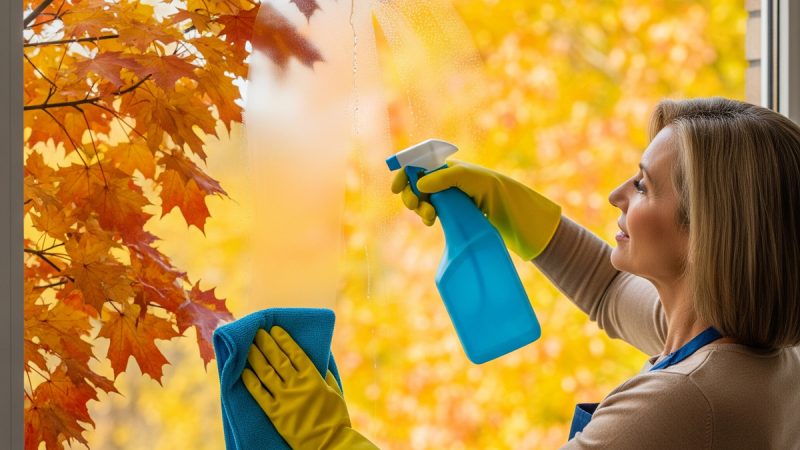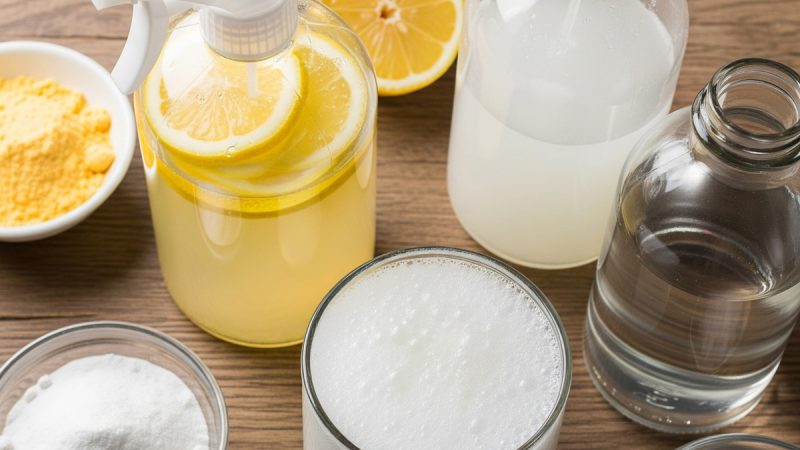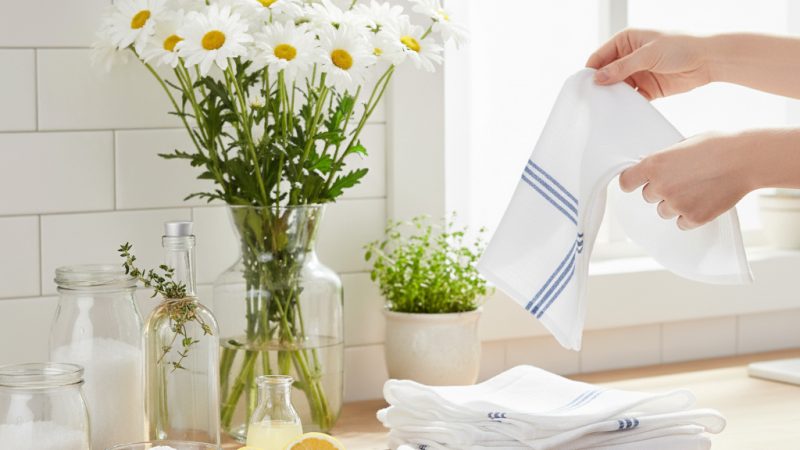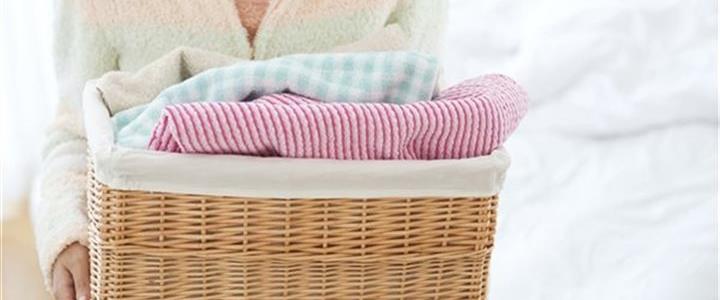Are Your Heirlooms Ready for the Next Generation?
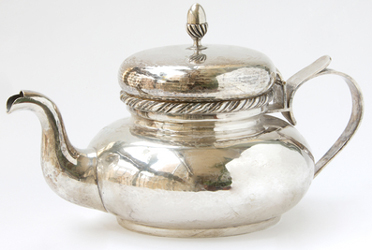
I inherited 9 pieces of lovely china plates my mother had hand painted when she was a young woman. What a treasure these are to me. I have quilts I have made that I will be leaving to my daughters. Each of us has in our homes something we see as being heirlooms that someday we will pass on to those we love and we hope they will cherish them because they came from us and are a part of our family.
Here are some timely tips on how to properly care for them so they can become treasured family heirlooms for generations to come.
China, Porcelain and Glass
Even the best china can gather mysterious spots or stains, but “never bleach stains on pottery or porcelain,” warns conservator Mildred Sheppard, of Arlington, Va. “It can get under the glaze and cause greater damage.” Her advice: Remove stains with a solution of hydrogen peroxide and distilled water activated by a few drops of ammonia. Use as little as possible.
Avoid abrupt temperature changes. Wash in temperate suds. “Tempered,” as we know it, doesn’t apply to heirloom glass. Never put fine porcelain in the dishwasher. Detergent will remove or damage hand-painted trim.
Don’t store liquids in valued decanters or vases. Vinegars, spirits, or other acidic liquids will cause what is known as sick glass. Sheppard explains even water will in time leave a line on glass.
By all means use your silver, but “it’s unwise to wash stainless with sterling. It will pit the silver,” says Boris Paskvan, whose clients include the White House.
Never heat soft or plated metals in the oven. Heat can melt pewter, soldered joints, and soft metals used under silver plate.
Polish with nonabrasive liquids or creams. After polishing, wash, rinse, and dry metal objects by hand. Paskvan adds: “silver will tarnish less quickly if wrapped in specially treated cloth or stored in drawers lined with it.”
Consider waxing or lacquering decorative metals that aren’t heated or used for eating. “Wax retards oxidization. A high-grade auto wax will do. Lacquer will prolong the life of a brass chandelier or bedstead,” says Paskvan.
Paintings and Other Art
Hang your framed or wall-mounted objects well. Check them now and then to make sure both wall and hangers remain secure. If you spot a slight bulge along the bottom of a painting and it doesn’t disappear when you turn it upside down, call a museum for advice. A bulge can pop paint off the canvas if not repaired carefully. Art on paper (drawings, watercolors, photographs) needs space behind the glass to expand and contract.
Samplers and Other Textiles
Samplers, quilts and other textiles should be kept out of strong light to reduce fading. Store textiles flat. The best place to store a quilt is on a bed. Creases magnify the possibility of thread breakage.
Linens can acquire mysterious stains. Sun bleaching can help remove some of them. Wash aids such as OxyClean, Linen Wash etc., can also help. Use these carefully. Do not store linens and other textiles in plastic bags, use 100% cotton bags or cloth boxes instead. Use bags without zippers as zippers can get rust stains on the article.
Rugs
“Keep beater-type vacuums away from older rugs,” says fifth generation carpet merchant Achot Ouzounian of Ouzounian Fine Designer Rugs, Holladay, Ut. “Use gentle suction only,” Washington, D.C. restorer David Zahirpohr warns. “Vacuums grab and can cause surface breakage that ultimately works its way to the inside of the rug.”
Padding can prolong the life of a fine rug. The absolute best padding is made by ‘No Muv’, both Ouzounian and Zahirpohr say, because it permits air circulation, does not attract odor, is firm, unobtrusive, and will not slide on hardwood or marble floors.
Fine Furniture
Stephen Rice of Heritage Restorations in Kensington, Md., says with fine woods, “keeping the finish properly sealed is the best single thing one can do for fine furniture.” Alonzo Durrant of Alonzo’s, Salt Lake City, UT and Rice both agree that varnished woods are best left alone, although Durrant recommends using a fine finishing oil to seal the unseen, unfinished parts of furniture to retard drying in western climates. A twice yearly application of a Boston Polish (beeswax) to unfinished woods, says Rice, will act as a sealer-preservative.
A treasured heirloom that’s deteriorated is worth repairing or refinishing to restore both its character and its value. Even cracks can be beautifully repaired. If you fail to repair it before you bequeath it, it’s likely to become a donation to a thrift store.
Overall, the best way to care for any prized possession is to choose the gentlest route. Knowing the proper care for your treasure and then taking care of it can make passing the heirloom on to its future heir a generational joy.
Some of this information was gathered from Cycles newsletter published in the Fall of 2007 for retired members of the Utah retirement systems.
The Author:
Marilyn Bohn is a creative organizer who has been organizing for over 20 years. She is a member of the National Association of Professional Organizers and is working towards becoming a Certified Professional Organizer. Professionally she has been organizing homes and offices for over two years. She holds a bachelors degree in Social Work. She has reared five daughters and currently lives in Utah.

